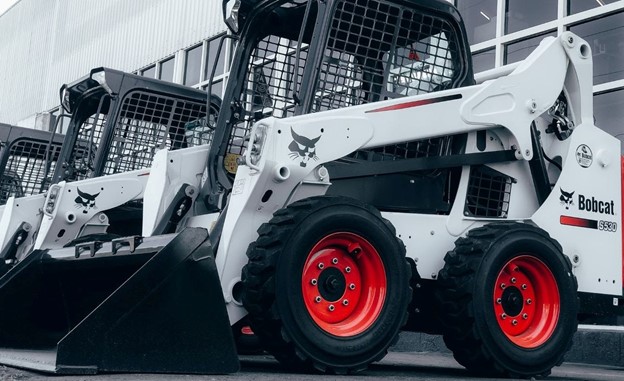Bill Kish founded Ruckus Wireless two decades ago to make Wi-Fi networking easier. Now, he’s doing the same for computer vision in industrial AI.
In 2015, Kish started Cogniac, a company that offers a self-service computer vision platform and development support.
Like in the early days of Wi-Fi deployment, the rollout of AI is challenging, he said. Cogniac’s answer is to offer companies a fast track to building datasets on their own for models by scanning parts and equipment, using its no-code AI platform.
No-code AI platforms enable people to work with visual tools and user interfaces — for labeling data, for example — to help develop applications without any programming skill required.
It’s a strategy that’s working. Cogniac customers include Ford, freight giant BNSF Railway and tractor maker Doosan Bobcat. The startup turbocharges these businesses with NVIDIA GPUs for all training and inference.
Cogniac, based in Silicon Valley, recently landed a $20 million Series B investment. The company is an NVIDIA Metropolis partner and a member of NVIDIA Inception, a program that offers go-to-market support, expertise and technology for AI, data science and HPC startups. NVIDIA Metropolis is an application framework that makes it easier for developers to combine video cameras and sensors with AI-enabled video analytics.
BNSF Spots Railroad Damages
North America’s largest freight railway network, BNSF Railway has more than 32,000 miles of track in 28 U.S. states and more than 8,000 locomotives, a massive challenge for keeping up with inspections. BNSF relies on Cogniac to build models for inspections of train tracks, train wheels and other parts.
Cogniac enables BNSF to use mobile devices to gather images of defects that can be automatically fed into models. BNSF has about 200 convolutional neural networks in production and several times that under development with Cogniac, said Kish. They’re helping the railway look for missing cotter pins and bolts on cars, tankers that have been left open and hundreds of other safety-related inspections.
Using GPUs onboard trains, Cogniac’s AI enables ongoing inspections of railways to detect broken rails. It also helps prioritize maintenance. Previously, inspections required closing down tracks for about a day to scrutinize sections of it, he said.
“It’s a huge win for the railways to be able to inspect their assets as a part of their ongoing operations,” said Kish.
Ford Detects Sheet Metal Defects
Ford relies on Cogniac for real-time inspections of sheet metal used in F-150 trucks, the best-selling vehicle in North America. Body panels and inner door panels are made of stamped aluminum sheet metal that is pressed into different shapes using a stamping tool.
But those stamped panels can sometimes have defects such as small splits that need to be detected before installation into vehicles.
“Our edge computing is processing gigapixels using dozens of cameras to capture the contours of the surfaces, enabled by NVIDIA GPUs,” said Kish.
Doosan Bobcat Bulldozes Errors
Doosan Bobcat, a Korean maker of compact tractors, was having a lot of missing parts in the build kits it sent out for tractor orders.Those parts kits are built in Minnesota and then sent to North Dakota for assembly. Missing parts were a big problem that stalled output.
But now the tractor giant is aided by Cogniac’s vision pipelines to monitor parts kits the company puts together for building different configurations of its Bobcat tractors.
Before Cogniac, one-third of the kits that Doosan Bobcat put together for building tractors were incomplete or incorrect. Since implementing Cogniac, kit errors are now one out of 20,000, according to Doosan Bobcat.
“Chances are that there are going to be parts that are missing or wrong,” said Kish. “It’s money that’s not going out the door.”
